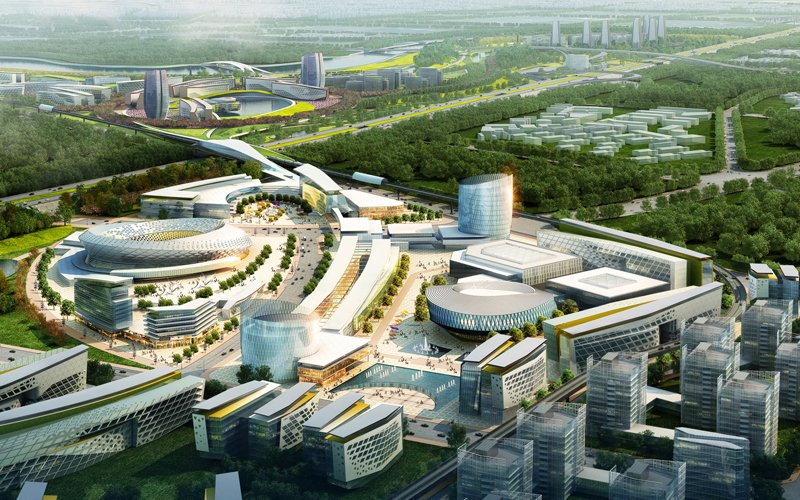
It’s been more than a century since the Wright Brothers’ 12-second, 120-feet flight but in this relatively short space of time, flight and the infrastructures around it have changed beyond recognition. Airports were once glorified barns (hangars if you wanted to sound posh) and the average plane is more than twice the length of that first flight. So, what can we expect from airports in the next few decades?
From glorified barns to mini-cities in their own rights, airports are a modern phenomenon and they reflect social changes and human evolution as much as fashion, medicine and politics. Architects, social scientists, psychologists and building companies like Lagan Construction Group collaborate to create these hubs. This is what we may see when we turn up for our flights in years to come.
Originally, flying was just for the wealthy, but even the rich had to make do with sheds – for a while. Then when the jet age started after World War II, airports started to change and to evolve alongside the vehicles they were built for. By the seventies, cheaper air travel meant more passengers and so airports sprang up everywhere, but mainly in the dreaded “big box” style – they were safe, stopped travellers from being rained on and even sold a few goods. They were a bit rubbish, though…
A touch of style
The first stylish airports came about in the 1990s, with Denver International leading the way with a white fabric, peaked roof. Finally, the airport itself became an object of interest to architects and designers.
Airports are also good for business
International flights and private jet services boost the local economies – for every daily return flight from LAX, around $620 million is generated annually, with around $250 million in local wages. This includes cleaners and shop staff, not just cabin crew. It’s expected that by the end of the decade, most revenue from airports will be non-aeronautical – car parks, shops, dry cleaners, massage booths, hotels and so on will outweigh the revenue from the flights themselves.
Airports urbanise
Around half of the world’s population lives in cities already and what’s been seen in recent decades is that when an airport is built next to an existing city, another city grows around it. Airports attract jobs, which attract people, which attracts light rail systems, taxis, buses, even boats in some regions. Airports become, quite literally, hubs of humanity.
The airport as battery
Most airports are fairly flat structures, so it’s not hard to imagine them with big solar arrays. There’s also the possibility of wind power and even people-power! Every day, thousands of people pass through an airport and if some of the kinetic energy from their footsteps can be harnessed, that’s a serious source of power right there.
The third space
There used to be work and home, with the commute in between, but increasingly people are embracing the so-called third space, which combines elements of the two. Airports are a prime ground for the third space, as they’re big, well-serviced and increasingly comfortable and multi-functional. Some people travel for work a great deal, or have families that are spread across the globe, so airports form a huge part of their lives. With more than 1.5 billion people a year using airports, it’s easy to see how these buildings can become a second home. In some airports you can get married, play golf and even learn the piano, so it’s not inconceivable that far-flung families may decide to converge on an airport that’s central to them all to spend a few days together.

Founder Dinis Guarda
IntelligentHQ Your New Business Network.
IntelligentHQ is a Business network and an expert source for finance, capital markets and intelligence for thousands of global business professionals, startups, and companies.
We exist at the point of intersection between technology, social media, finance and innovation.
IntelligentHQ leverages innovation and scale of social digital technology, analytics, news, and distribution to create an unparalleled, full digital medium and social business networks spectrum.
IntelligentHQ is working hard, to become a trusted, and indispensable source of business news and analytics, within financial services and its associated supply chains and ecosystems




























